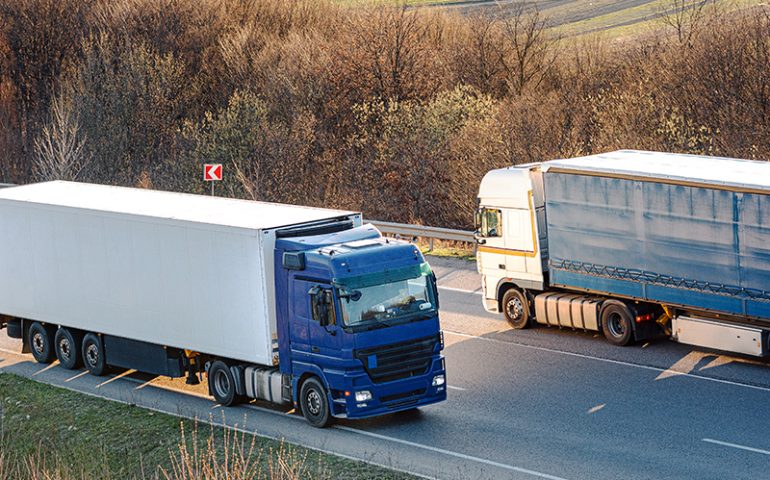Advanced Sensor Integration in Flotilla IoT | How it helps in fleet management?

Flotilla IoT is an innovative addition to the telematics world. With excellent features and state-of-the-art customer service, it is one of the leading fleet management system in the market. Moreover, it is custom-built to automate fleet operations and enhance a business’s productivity. There are several modules in the Flotilla IoT system, ranging from live monitoring to reporting and maintenance, that facilitate daily work.
There are some one-of-a-kind features in Flotilla IoT, and sensor integration is one of them. Let us look at it and how it assists in management.
Types of Sensors:
Flotilla IoT has four types of sensors for effective monitoring, and they are as follows:
1. Discrete:
The discrete sensor is basically a digital sensor that displays the result in Boolean form. It checks if a condition is true or not. For example, if you add an ignition sensor and it shows ignition==true, it means that the ignition is ON, and vice versa. There are several types of discrete sensors, like:
- Ignition
- Panic Button
- External Power
- Engine Status
- Car Alarm
- Doors
- Custom
2. Measurement:
The measurement sensor performs calibration on different inputs to find the required results. As the tracking device does not always send the required form of data. However, by applying calibration via the measurement sensor, you can find the desired values. For example, if the device sends data in voltage, you can find the value of fuel, temperature, or other such attributes from it through input mapping.
The various types of measurement sensors available in the Flotilla IoT fleet management system are:
- Fuel
- Temperature
- RMP
- Board Power
- Mileage
- Speed Counter
- Humidity
- Custom
- Avg. Fuel Consumption
- Inst. Fuel Consumption
- Flow Meter
3. Other Sensors:
The other sensors are used to verify drivers, passengers, and trailers. By adding this type of sensor, you can detect whenever a unique ID is punched, verifying the attachment of a driver, passenger, or trailer to the unit.
4. Aggregate Sensors:
The aggregate sensors are used for finding the unknown parameters by applying arithmetic and logical operations. For example, if the device is sending speed and time, and you need to find the distance, use the formula distance=speed*time. The various types of aggregate sensors are:
- Driver ID
- Passenger ID
- Trailer UUID
- Ignition
- Panic Button
- External Power
- Engine Status
- Car Alarm
- Doors
- Fuel
- Temperature
- RPM
- Board Power
- Mileage
- Speed
- Counter
- Avg. Fuel Consumption
- Inst. Fuel Consumption
- Flow Meter
Also Read: Everything you need to know about Flotilla IoT’s notification alerts
Role of Sensors in Fleet Operations:
Flotilla IoT sensor functionality is custom-built to help out in operations in different ways, and some of them are as follows:
- Identification: Safety is an integral component of fleet operations. The managers have to ensure that only the authorized individual or trailer is attached to the unit. It is possible through ‘Other Sensors’ where the drivers, passengers, and trailers are identified whenever their unique IDs are punched.
- Authentication: Flotilla IoT software checks the authenticity of an attribute through discreet sensors. As these sensors provide results in Boolean form, whenever an attribute exists, it shows it as true; otherwise, false.
- Access to Different Data Values: For efficient monitoring, it is essential to have access to every form of data. With the help of measurement sensors, the managers can perform input mapping to find unknown values. For example, if the device is sending data in numbers, you can convert them into percentages.
- Better Control: With the help of aggregate sensors, the technical engineers can derive the desired values from the raw inputs. Thus, it allows the managers to get accurate values for unknown parameters, enhancing the monitoring scope.
Flotilla IoT is not an ordinary fleet management system. It is one step ahead of all its competitors due to its innovative features, such as sensor integration. With the help of sensors, businesses can have better flexibility and automate their operations effectively.
Read More: Everything you need to know about Flotilla IoT Fleet Management System
